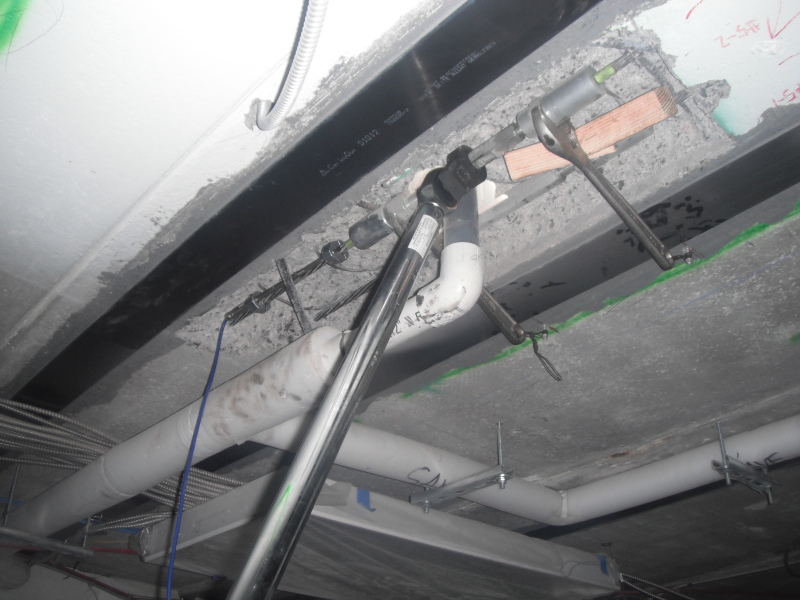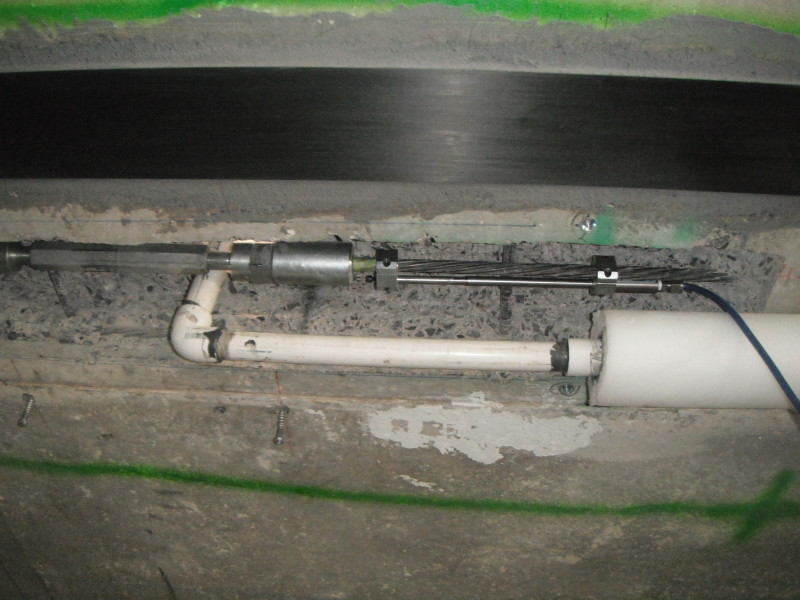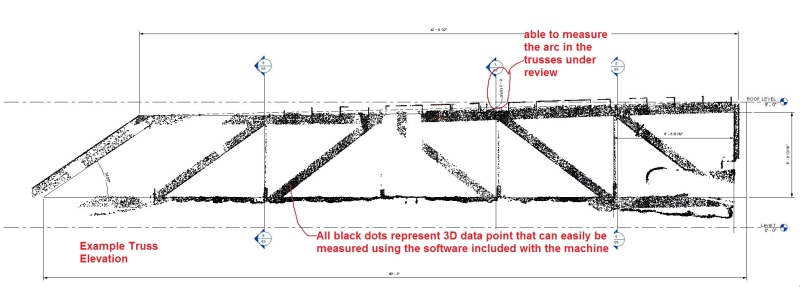northernoutpost
Structural
I need to periodically measure/monitor the roof/walls of a 150 year old church for lateral movement (spread), over time (possibly for years). The walls are stone masonry and the roof is framed with timber trusses that appear to have had some modifications at some time in the past. The stone masonry at the top of the walls has reportedly been repaired a number of times over the years, to deal with spreading of the eaves. There is no written documentation or drawings for anything in this building. The eaves are at least 20' above the sanctuary floor. While measuring/monitoring could probably be accomplished internally or externally via conventional survey equipment, it seemed to me that there must be modern digital equipment available to put in place for such a purpose, leave in place, and periodically download data to a laptop etc. I looked on the web and found some info on extensometers with data loggers and linear resistance wire rotary potentiometers, but no detailed info on this equipment for new users, or any way to purchase it. This would seem to be something that a university's structural research lab would be using with regularity. I'm thinking that a wire across the sanctuary, at eave height, tied to one of these devices, would allow measuring and recording of the movement of the roof/walls (via extension or shortening of the wire) vs date etc.
Anybody got some advice on specific equipment to accomplish this task, cost of such equipment, and how/where to procure ?
Thanks.
Anybody got some advice on specific equipment to accomplish this task, cost of such equipment, and how/where to procure ?
Thanks.




